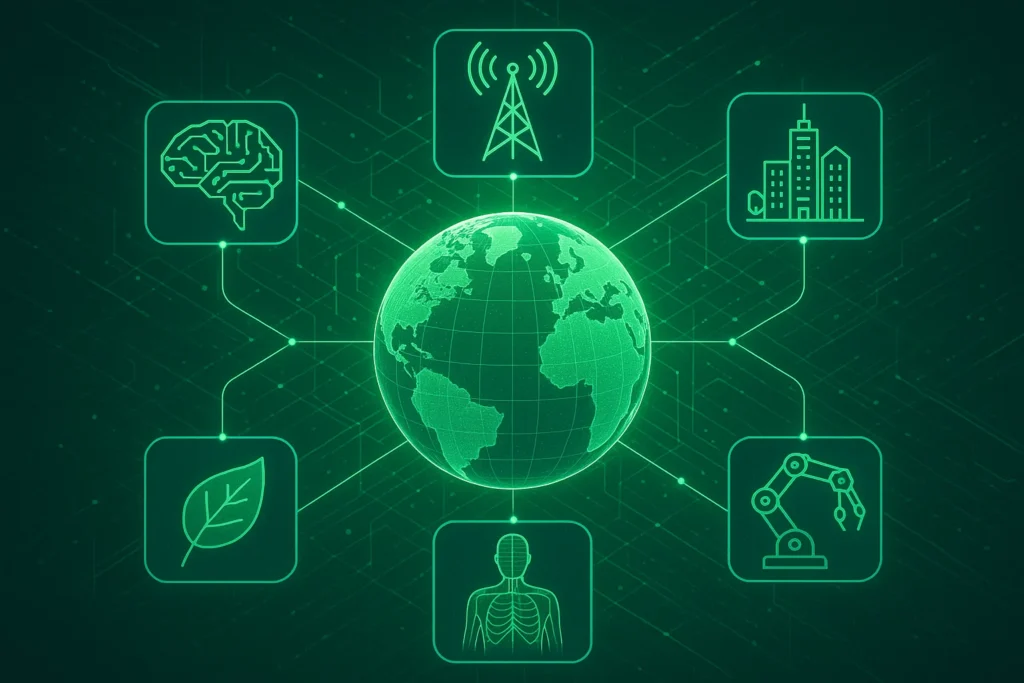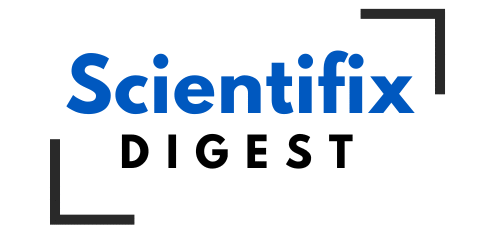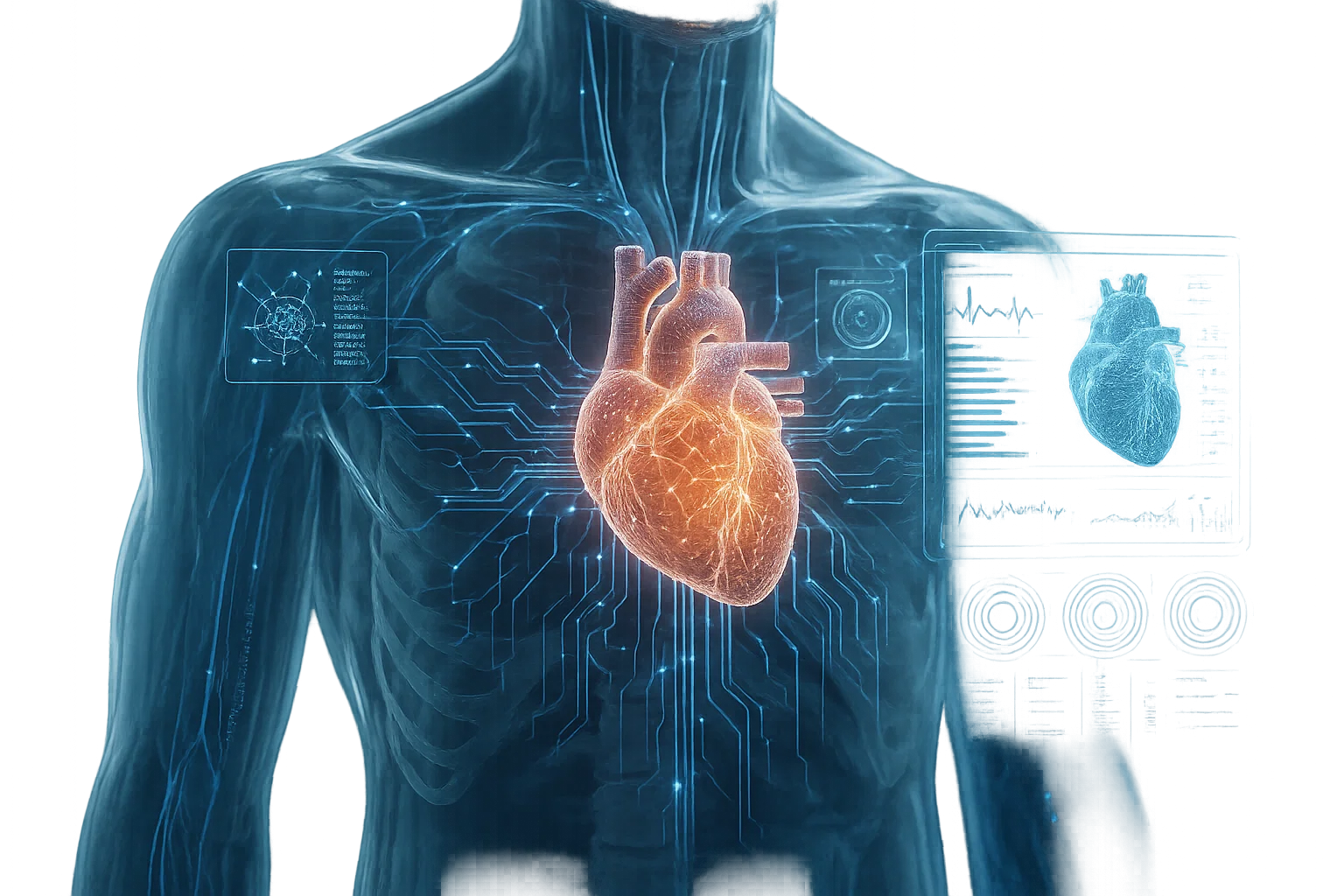With the increased connectedness of modern day societies, digital twins technology is finding its way swiftly out of the realm of novelty to emerge as a key business and medical aid strategy. This allows the development of virtual replicas to the physical assets: a jet engine, manufacturing line, even a heart, where the performance of these assets can be monitored in real time, making it possible to predict failure in advance, and optimize operations with previously unseen accuracy. So what makes digital twins a game changer, which digital twin use cases are leading the pack and how are digital twins already transforming industries and healthcare sectors? Read on to find out.
What Is Digital Twin?
A digital twin is an interactive data driven representation of an object, system, or process. Digital twins constantly pour in streaming data provided by sensors and the IoT, providing an up to date representation of conditions in the actual world. This two way flow between the physical and virtual world enables stakeholders to:
Visualize assets status by use of intuitive dashboards
Undertake what-if scenarios without having to interfere with operations
Use predictive analytics to avert downtimes
Digital twins technology allows seeing into asset behavior, with the help of cloud computing and AI, to help optimize performance and extend Lifecycles.
Digital Twins Technology Key Components
Data Acquisition: The data is gathered by sensors and IoT networks to record temperature, vibration, pressure and various other measurements.
Data Integration: Stores heterogeneous data flows in the form of a unified system.
Modeling and simulation: Behavioral asset models are simulated with physics or machine-learning.
Analytics & Insights: AI algorithms spot anomalies and predict the need to perform maintenance.
Visualization: users are provided with 3D renderings and dashboards with a view to taking actions.
Combined, all of these are a continuous feedback loop also known as the digital twin lifecycle that constantly improves.
The Cases of Digital Twin Usage in Industry
Manufacturing Optimization
Large automotive companies are using digital twins to model production lines, tuning the throughput and optimising scrap rates. When a machine sensor detects an unwanted vibration, the digital twin indicates the cause of the malfunction and suggests remedies, in many cases before the machine suffers a failure.
Energy & Utilities
In wind parks, each of the machines is equipped with a digital twin that monitors stresses on its blades and weather conditions. Historical and real-time data analysis enables them to plan the maintenance in open windows, maximizing energy production and saving on costs.
Smart Buildings
Facilities managers use digital twins to monitor HVAC systems, lighting and security. By making buildings smart, predictive modeling enables automated operations such as temperature and airflow adjustment to enhance occupant comfort and reduce the amount of energy required.
These are just but a tip of the iceberg as regards to how digital twin applications are transforming conventional sectors. Remaining flexible, efficient and sustainable, companies achieve this through linking the virtual models with the physical assets.
Digital Twins and transforming the world of healthcare
The healthcare industry is one of the most significant industries which will benefit with the digital twins technology. Here’s how:
Personalized Medicine
Producing a digital representation of a patient organ e.g. the heart along with its accompanying software allows clinicians to model drug effects or surgical procedures and adequately respond to variations in physiology to minimize trial and error.
Surgical Planning & Training
The virtual anatomical models can be used as an aid to practice surgical maneuvers in life like conditions without any risk. Not only does this increase the preciseness but it also reduces operating time and outcomes.
Tele Monitoring & senior care
Vital signs of patients are broadcasted to a digital twin platform with wearable sensors, to allow constant tracking of chronic patients. Care teams can be notified when abnormalities occur including abnormal heart rhythms or oxygen levels-lending to timely interventions and a decrease in hospital readmissions.
IT can contribute to the introduction of breakthroughs in diagnosis, therapeutic, patient empowerment by combining patient information, genomics, and environmental aspects.
The advantages of adopting Digital Twins
Predictive Maintenance: Eliminate the future costs of breakdowns.
Cost-saving: Leverage efficiencies in the use of resources and in eliminating waste.
Improved Collaboration: The converged virtual models allow inter-functional teams to co-create.
Rapid Time to Market: Rapidly simulate the changes being made in the design.
Greater patient care: Provide individualised, data-informed medical services.
Such benefits explain the increased investment in the digital twin technology by organizations in different industries.
Difficulties and Concerns
Although digital twins have a big upside, there are several obstacles to its implementation:
Data Silos: Data stored in different systems is often complicated to retrieve and may take some time.
Cybersecurity Risks: Virtual replicas increase their footprint unless secured.
High Implementation and Development: Cost Finances Large amounts will need to be spent on sensor networks, computing facilities and special talent are required.
Model Accuracy: To ensure that simulations can be trusted to be close to reality requires ongoing model calibration and validation.
These are issues that need strategic guidelines, cross-departmental interfacing, and effective governance to resolve.
The Future of Digital Twins
The next few years will be marked by digital twins converging with both AI and 5G, as well as edge computing, enabling the more full-scale capabilities:
Autonomous Operations: Self-optimizing systems, which respond to dynamic conditions in real time.
Federated Twins: Twin networks are cobwebs of linked twins with opinions between organisations.
Sustainability Modeling: Virtual environments to Property evaluating efficacies on the environment and helping to steer circular economy activities.
Costs continue to fall as platforms mature and this will open up digital twins to smaller and medium sized enterprises to democratize innovation and lead to new business models.

Conclusion
Whether it is optimising the processes in an industrial facility or transforming how patients are treated, digital twins technology is transforming the design, operation, and maintenance of machines and living systems. With a variety of uses of digital twins, organizations can achieve actionable insights, minimize risks, and power through efficiency like never before. With a more digital age upon us, the question is no longer whether to adopt digital twins, but how quickly and how comprehensively you can make the adoption process.
References & Resources
IEEE Digital Twin Consortium.
Attaran, M. (2023). Digital Twin: Benefits, use cases, challenges… ScienceDirect.
https://doi.org/10.1016/j.dajour.2023.100165
RapidInnovation.io. (2024). AI‑Driven Digital Twins: Revolutionizing Industries.

